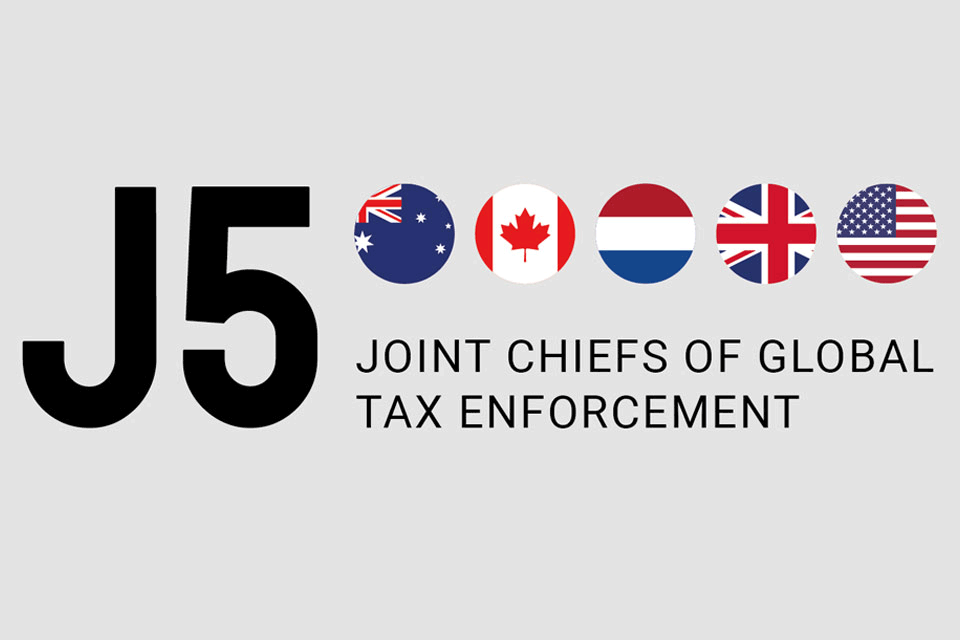On 17 November 2022 HMRC published a research report on four creative industries tax reliefs. The report which was prepared by Ipsos in partnership with Olsberg SPI and London Economics presents the results of research into the Film Tax Relief (FTR), High End Television (HETV) Tax Relief, Animation Tax Relief and Children’s Television Tax Relief.
The evaluation looked at the impact of the tax relief on individual productions and on the wider creative industries, the appropriateness and proportionality of the reliefs, and the claims process. The evaluation was based on a telephone and online survey of recent FTR claimants econometric analysis of data on FTR and HETV tax relief claimants, and qualitative interviews with claimants.
Impact on UK productions
The responses indicated that the tax reliefs encourage productions to be located in the UK that would otherwise have gone elsewhere. The tax reliefs are an important reason why the UK has been a popular filming location why UK production crews and infrastructure are in high demand. Some ATR claimants considered that the relief had been important for the survival of the animation industry in the UK.
Large multinational film and TV companies suggested that the tax relief regime was the main reason why they chose to locate production in the UK. Domestic producers considered that the tax reliefs were important for their survival as costs rise. The survey of FTR claimants indicated that 38% of the film productions would not have taken place without tax relief. Most companies considered that a lower rate of tax relief would have resulted in productions having smaller budgets or not taking place at all.
Some smaller domestic producers of animation or children’s television considered that the tax relief enables them to make the types of more culturally niche or innovative productions they prefer to focus on.
Advantages of the reliefs
The reliefs are considered to have a significant impact on employment by attracting inward investors to increase production in the UK and by enabling more domestic productions to be carried out. The increased employment is mainly for freelance work and contract workers as they are used extensively in the creative industries.
The clear and stable design of the reliefs is considered to allow claimants to easily understand whether productions are eligible and base their plans on this. The reliefs are also considered to pay out faster than equivalent reliefs in some other countries and the process for making claims is more straightforward than in some other jurisdictions.
Cap on relief
Currently, tax relief is available on 80% of the total core production and development expenditure, or if lower the actual UK core production and development expenditure incurred. Companies considered that this encourages taxpayers to move the more portable aspects of production, such as visual effects, animation or post-production work, to locations abroad. These activities have narrow margins and can be worked on remotely without loss of quality. They can be done relatively cheaply elsewhere and some countries (such as Canada) have introduced incentives for work on visual effects. This aspect of the UK rules may therefore be disadvantaging the visual effects industry and other activities in the UK.
















